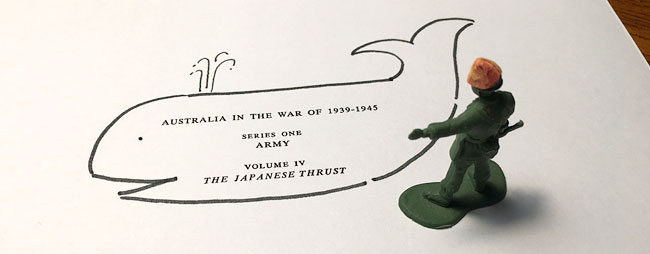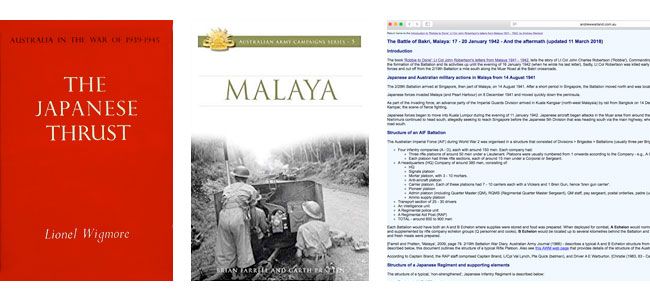

So this is Ed, back in the writer’s chair to reclaim my blog (at least for this week)!
The other day after reading what I had originally written for this blog post, my wife asked me, “What do you love so much about this?” which is the kind of thing that happens in our house. I write a factual and direct account of how I choose forces for scenarios and get asked a left field question about how I “feel” about it. I felt good. I’m a fact-based guy.
After repeating my normal lines about a shared love of history and camaraderie to buy myself some time, I found that I didn’t have an easy answer, or perhaps more accurately, a concise answer, for why these convention games matter to me.
She says, “You know, maybe that would be a good angle for the post…”
And here we are.
I have these idealized visions of game scenarios that I enjoy trying to put into reality. But as always, the devil is in the details and the choices we have to make to get there.
So why do I want to run convention games?
Designing convention games is hard. You never know who’s going to walk up, what their level of rules knowledge is and how they will react to what you’ve designed. But many of the convention games I’ve played in have fallen short of what they could have been and have left me wanting more?
If I design the scenario right, I enjoy watching the players play. I love seeing their reaction to the terrain and I’m fascinated by how they’ll approach the tactical problem I’ve come up with. The process of sharing what we’ve come up with is incredibly satisfying. Or more succinctly, Dance monkeys.
A convention game should strive to be both emotionally engaging, drawing the players into a narrative based in a particular time and place and intellectually engaging, providing each player decisions that are appropriate to their role and having those decisions matter to the outcome.
Combining both of these is hard and very few completely manage it. Often the ones with beautiful figures on wonderful terrain don’t require much from the players and the ones with a complex, engaging game use figures that are simply playing pieces on idealized terrain. So this idealized convention game has become my personal white whale, which we have collectively been chasing over the past several years.
But first, I have to come up with a vision that feels like it has potential and that’s not always an easy thing. Sometimes it comes from reading some history, seeing a picture or running across a situation map. Sometimes it comes from fiction or from a particularly evocative movie. Sometimes it comes from wanting to use some particular unit or equipment. And sometimes, like this time, it starts with a theme. This time the idea started with the theme of this year’s Historicon (“Jungle Warfare”) and the fact that Too Fat Lardies’ next handbook for Chain of Command will be on the Pacific.
Given that, I started thinking about situations that would be both evocative of the setting (“emotionally engaging”) and tactically interesting (“intellectually engaging”). Or perhaps more accurately, what kind of game would I like to play?
I suppose I should define “tactically interesting” before I go on, because that idea drives a good deal of my wargaming these days. To me, an interesting game derives from what choices a player can make with forces on table to solve a particular tactical problem. Games that provide multiple possible ways to approach the problem through different schemes of fire and maneuver are more interesting, at least to me, so that’s what I’m attracted to in scenario design. If a game causes players to have to think about what the right way to approach a problem is and we get players trying different approaches each time its played, then we’ve probably hit on a good scenario.
The “evocative of the setting” part describes a combination of tactical situation, environment and equipment, which uniquely fit the setting. Perhaps it’s easiest to think of it as “what kind of game would a player think of if you described the setting to them”, which helps with player buy in on the narrative the game is trying to create.
The first idea I come up with is not always what we end up with and that has certainly been the case with this scenario. My first idea was a delaying action by Commonwealth forces to allow civilian forces (a train, a convoy, etc.) time to evacuate off board. That one never made it to the sketch map stage because I never got a clear vision of how the game would play out. Sometimes interesting ideas never evolve into what I think will be good games and letting go of them is sometimes hard.
The next one I came up with was a pair of Commonwealth platoons attacking down a road to clear a Japanese roadblock with Japanese reinforcements arriving along one flank, which did get drawn up on a napkin, as shown in our last blog post. This one did generate a coherent vision of how I thought the game would play out. This seemed to both fit the setting and provide scope for player choices, which is what we were after. The next challenge was anchoring this general situation in place and time to firm up the forces involved.
So, research! Both the Australian army campaign series book and official history of the Malaya campaign were incredibly useful and I started focusing on the fighting withdrawal from Muar back to Parit Sulong. It provided several potentially suitable roadblock clearance operations, but which one? The discovery of Andrew Warland’s website on the fighting around Bakri allowed me to narrow it down even further, finally settling on an attack that had the support of two armored cars, a universal carrier and medium mortars. This, I can work with…
So, at this point, I think we’ve got a time, a place and a general sense of what the scenario is. Next time, I’ll get into generating the forces for each side and how I try to balance the scenario into an interesting game!
Malaya: 1941-42 (Australian Army Campaigns Series)
Andrew Warland’s The Battle of Bakri, Malaya: 17 – 20 January 1942

Nice job y’all!
Can’t wait to see the board.
We can’t wait to see how it turns out as well! These tend to evolve through the process and outside forces always seem to conspire to distract us during creation. But showing how that evolution (mutation?) happens is why we decided to write these posts…